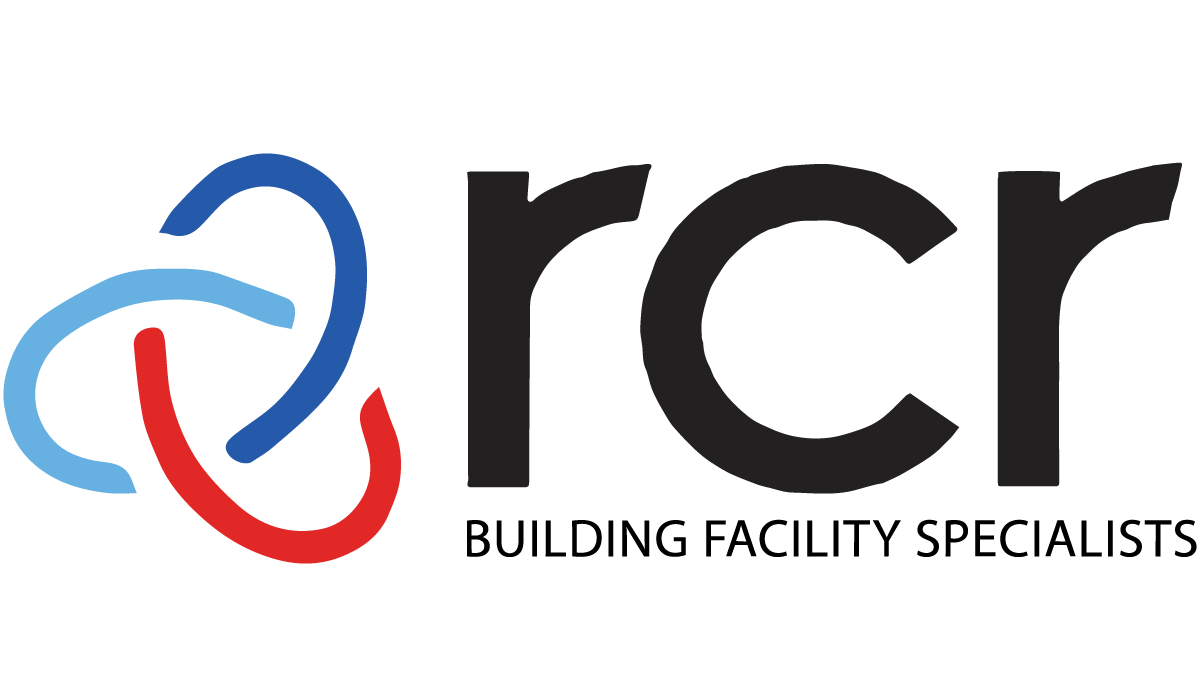Top 5 factors that impact industrial roof ventilation
Industrial roof ventilation systems regulate temperature, remove pollutants, and prevent moisture buildup, making workplaces safe and comfortable. Design, airflow obstacles, fan speed, airflow direction, and ambient variables might affect system performance. This article will examine the top five factors that affect industrial roof ventilation system efficiency and how they can be optimised.
Ventilation System Design
Industrial roof ventilation system performance depends on design. Properly designed ventilation systems remove pollutants, regulate temperature, and prevent moisture buildup, ensuring a comfortable and safe workplace. Poor ventilation can lead to stagnant air, poor health and productivity.
The size, shape, position, and kind of fans used in an industrial roof ventilation system should be taken in to account in the design. Similarly, the building’s use, quantity of occupants, and pollutants or toxins should also be considered in the design phase.
A high-heat industrial process may need a stronger ventilation system to control the temperature. A building with lower pollution levels may need a smaller and less powerful ventilation system.
Airflow Obstructions
Airflow obstructions can drastically impair an industrial roof ventilation systems’ performance. Improper installation, neglect, or damage can cause these blockages.
Dirt, dust, and other airborne particles can collect in the ventilation system, decreasing airflow and performance. These obstacles can damage the system and require expensive repairs or replacements if ignored.
Maintaining the ventilation system prevents blockages and optimises performance. Cleaning and replacing filters keeps the system clean and improves airflow.
The building’s layout can potentially cause impediments. Complex layouts or several levels may make ventilation difficult. The ventilation system should account for obstacles in alll of these instances.
Fan Speed
Fan speed also has an impact on industrial roof ventilation system performance. If the fans are too slow, they may not remove stale air and contaminants, while if they are too fast, they may produce draughts and diminish system efficiency.
The appropriate fan speed depends on the building size, number of people, and kind and degree of pollutants. Airflow should remove impurities and keep workers comfortable and safe.
Airflow Direction
One of the most important factors to consider when designing a roof ventilation system is the airflow direction. The airflow direction should be designed to create a cross-flow of air through the building. This cross-flow will help to remove hot air from the upper levels of the building and replace it with cooler air from the lower levels.
There are a number of factors that can affect the airflow direction in a roof ventilation system. These factors include the size and shape of the building, the location of the vents, and the wind direction.
It is important to consult with a qualified engineer when designing a roof ventilation system. The engineer will be able to help you to determine the best airflow direction for your building and to design a system that will meet your needs.
Environmental Conditions
The building’s surroundings and environment can also drastically affect industrial roof ventilation performance. Wind speed, temperature, and humidity affect are all impacting factors and need to be considered carefully.
In windy conditions, airflow can change, affecting ventilation system direction. The system should accommodate the changes in wind direction.
Temperature and humidity also affect industrial roof ventilation. High temperatures and humidity might make it harder for the ventilation system to remove pollutants and keep workers comfortable. In certain instances, the ventilation system may need air cooling or dehumidification.
Several factors affect industrial roof ventilation system performance. Airflow obstacles, fan speed, airflow direction, and ambient conditions can greatly affect ventilation system performance. Regular system maintenance and monitoring prevent obstacles and ensure appropriate performance. Industrial roof ventilation systems help keep workers healthy and productive by considering these aspects and taking appropriate action.
A safe and healthy workplace requires a well-designed industrial roof ventilation system. Visit RCR for quality ventilation services and advice. Our professionals can design, install, and manage a ventilation system that suits your facility’s needs, ensuring optimal performance and employee health and productivity. Contact us immediately to improve your industrial roof ventilation system’s safety and comfort.




